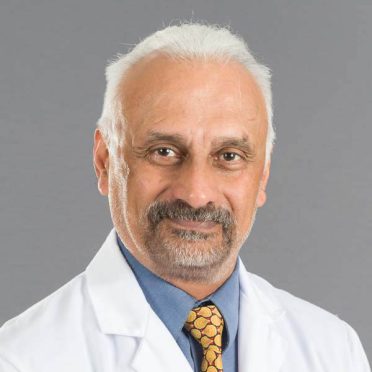So you’ve just been referred to a physiatrist by your doctor. Your first question: What is a physiatrist?
Dr. Subramani Seetharama, Chief, Physical Medicine & Rehabilitation at Hartford HealthCare, answers questions about Physical Medicine and Rehabilitation, also known as physiatry:
What is Physiatry?
Physical medicine and rehabilitation, also known as physiatry, is a medical specialty that helps restore function if you’ve been disabled as a result of a disease, disorder or injury.
What is the Role of a Physiatrist?
A physiatrist manages your medical issues as you progress through the rehabilitation process.
“Physiatrists are experts in evaluation, diagnosis, and management of neurological musculoskeletal and disabling conditions,” says Dr. Seetharama. “The treatments we provide are vital in optimizing the most positive outcomes for patients in the early stages of their diagnosis and throughout the continuum of care.
“Rehabilitation Medicine physicians are not linked to one specific organ or body system. They take a global view on disease or impairments and facilitate a bridge between related medical specialties to improve function.”
(In the photo above: Patient Allen Schwartz, right, with Dr. Seetharama, left, and physical therapist David Brown at the Hartford HealthCare Rehabilitation Network outpatient clinic in Cheshire.)
What Do Physiatrists Treat?
A physiatrist treats various impairments, including:
- Arthritis.
- Musculoskeletal disorders.
- Nerve associated pain.
- Sports injuries/concussion.
- Stroke and spinal care.
- Traumatic brain injuries.
How Do Physiatrists Differ From Physical Therapists?
Physiatrists and physical therapists treat patients with the same types of conditions. But physiatrists are physicians who have completed medical school. Physiatrists make and manage medical diagnoses and prescribe the therapies.
“Physiatrists are collaborative, holistic, and work with therapy team to guide them when we diagnose a patient with a problem,” says Dr. Seetharama. “The patient is guided through the process until they get the patients to be functionally good and have a good quality of life.”
Despite these differences, both physiatrists and physical therapists collaborate and communicate to ensure patients are receiving appropriate treatment.
For more information on Physical Medicine and Rehabilitation, click here.



